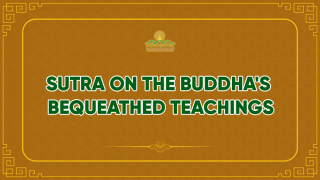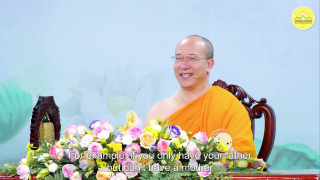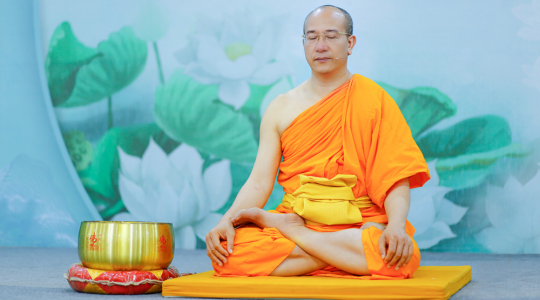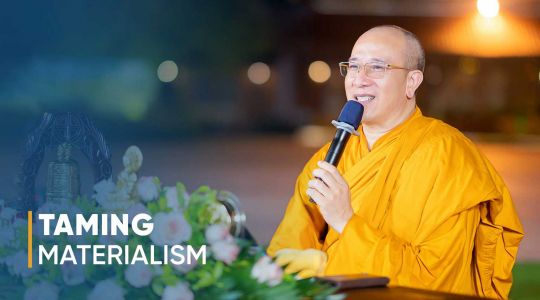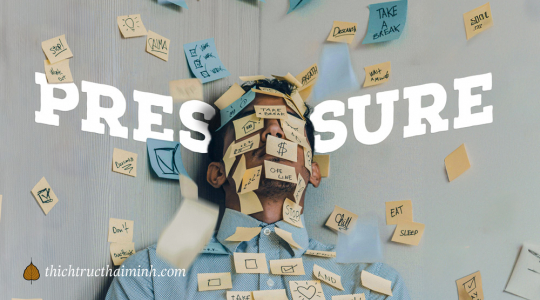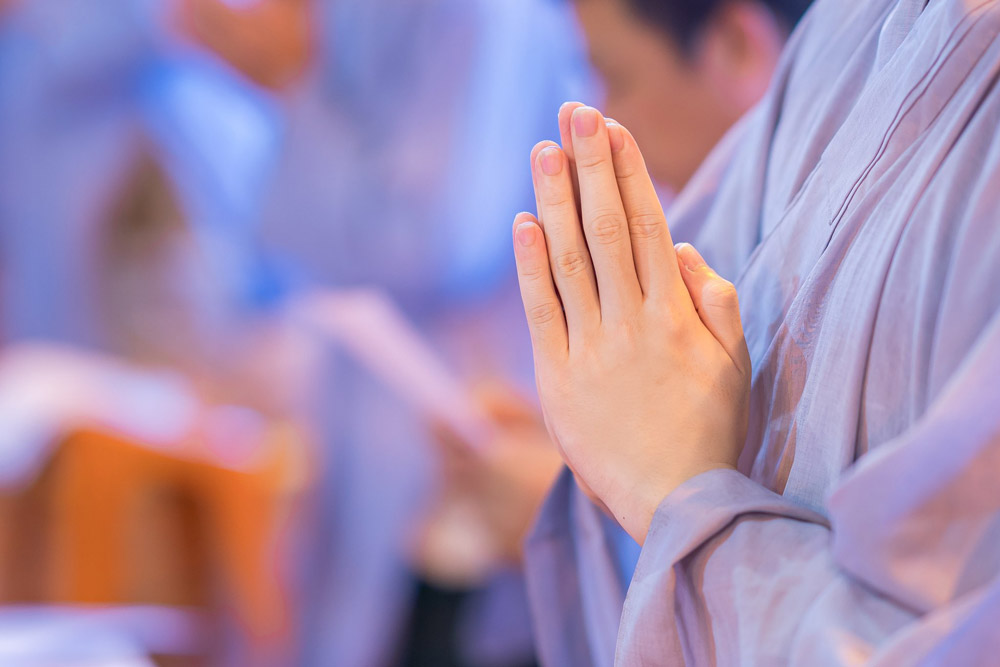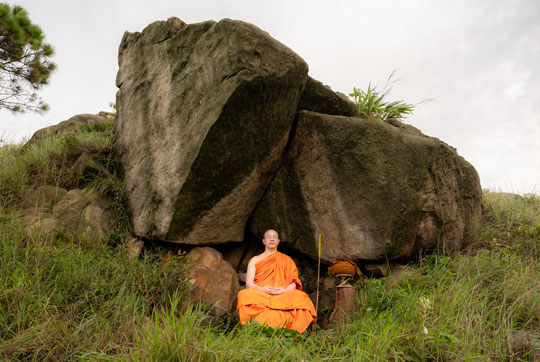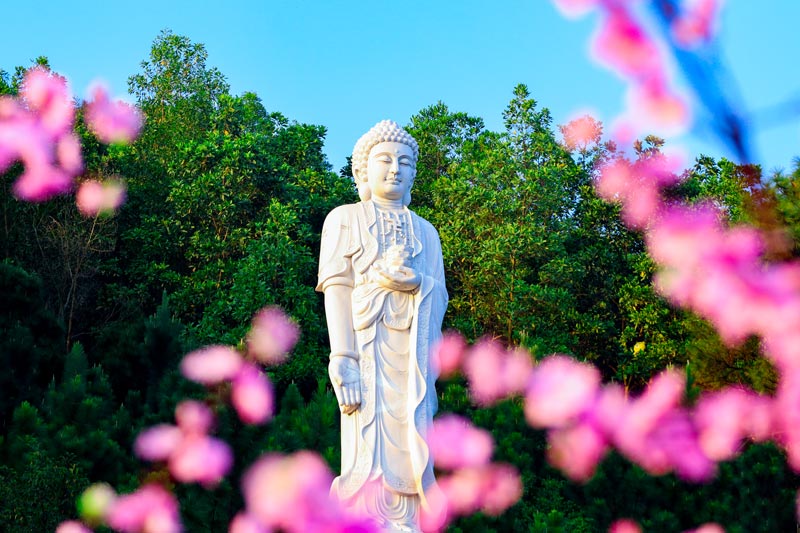What is contemplative meditation in Buddhism? How to practice it?
Table of contents [Hide]
(Source: From a Zennist) Anyone who wants to practise meditation must first and foremost have a mind of letting go of greed, hatred, delusion and attachment. If we do not have the right understanding but even develop our greed, hatred and delusion, we cannot meditate.
Contemplative meditation is the first fundamental step
Firstly, we need to aim for contemplative meditation, that is to contemplate suffering. The contemplation of suffering happens in our thoughts, so we can practise it anytime, anywhere and in any posture (walking, standing, lying down and sitting). For example, when we notice that we are having a voracious appetite, we realise our voracious appetite, we know that we are being “burned” and “bound” by our own voracious appetite. That is meditation. At that moment, if we let go of the food we are craving for, we will complete a meditative thought and dwell in the thought of non-greed. We may think that we must sit to practise meditation. However, meditation is contemplation, thinking and watching our mind. We contemplate in four places, that is the four foundations of mindfulness: the contemplation of the body, feeling, consciousness and mental objects.
1. The contemplation of the body
It is the heedful contemplation of every movement of our body while we are walking, standing, lying down or sitting. If we lose our mindfulness because of looking around while walking, we will take in many scenes that disturb our mind. Therefore, meditation practitioners must cultivate mindfulness of the body in the four postures.
2. The contemplation of consciousness
Lay Buddhist practise meditation to gradually let go of greed, hate and delusion, then we can compose our mind to observe the precepts. From the observation of the precepts, concentration will arise, from concentration, wisdom will arise. So we meditate by practising contemplation and let go of greed, hate, attachments by observing the precepts. In that way, we can meditate anytime and anywhere.
3. The contemplation of feeling
We base our mindfulness on the six sense-media (the eye-medium, the ear-medium, the nose-medium, the tongue-medium, the body-medium, the intellect-medium), thereby eliminating greed gradually. For example, why do we take something to be beautiful or not beautiful? Beauty or ugliness is determined by our own ideas, but we are then affected by this differentiation. We live in the world, so we adapt ourselves to worldly ideas, but dont let our mind be bound by them. Another example is when we are interested in a kind of music, we can learn about how people judge it as good or bad so that we will have knowledge about it. However, never let our mind be attached to it. It is not easy to do, but if we contemplate in accordance with the truth, we will have concentration.
We should practise contemplation of the Buddha Dharma a lot to achieve clear-sighted right understanding and concentration. We practise meditation in the hope of achieving peace and concentration. But actually, those who still have many worldly affairs can rarely practise mindfulness of the four postures: walking, standing, lying down and sitting.
When we want to practise sitting meditation, we can sit in full lotus posture, half lotus posture or in any posture that is comfortable for us. Then we practise calming our mind, that is to let go of every intention and evil thought. Everywhere and everytime, we can always dwell in comfort. Whenever a thought comes to our mind, let it go. When our mind is at peace, we will feel clear-sighted about our work. When we are stressed about many things, try to sit peacefully, let things go even for one or two minutes.
With this practice we will have a healthy body and a peaceful mind. That is meditation for beginners that can be practised anytime and anywhere in our daily life.


